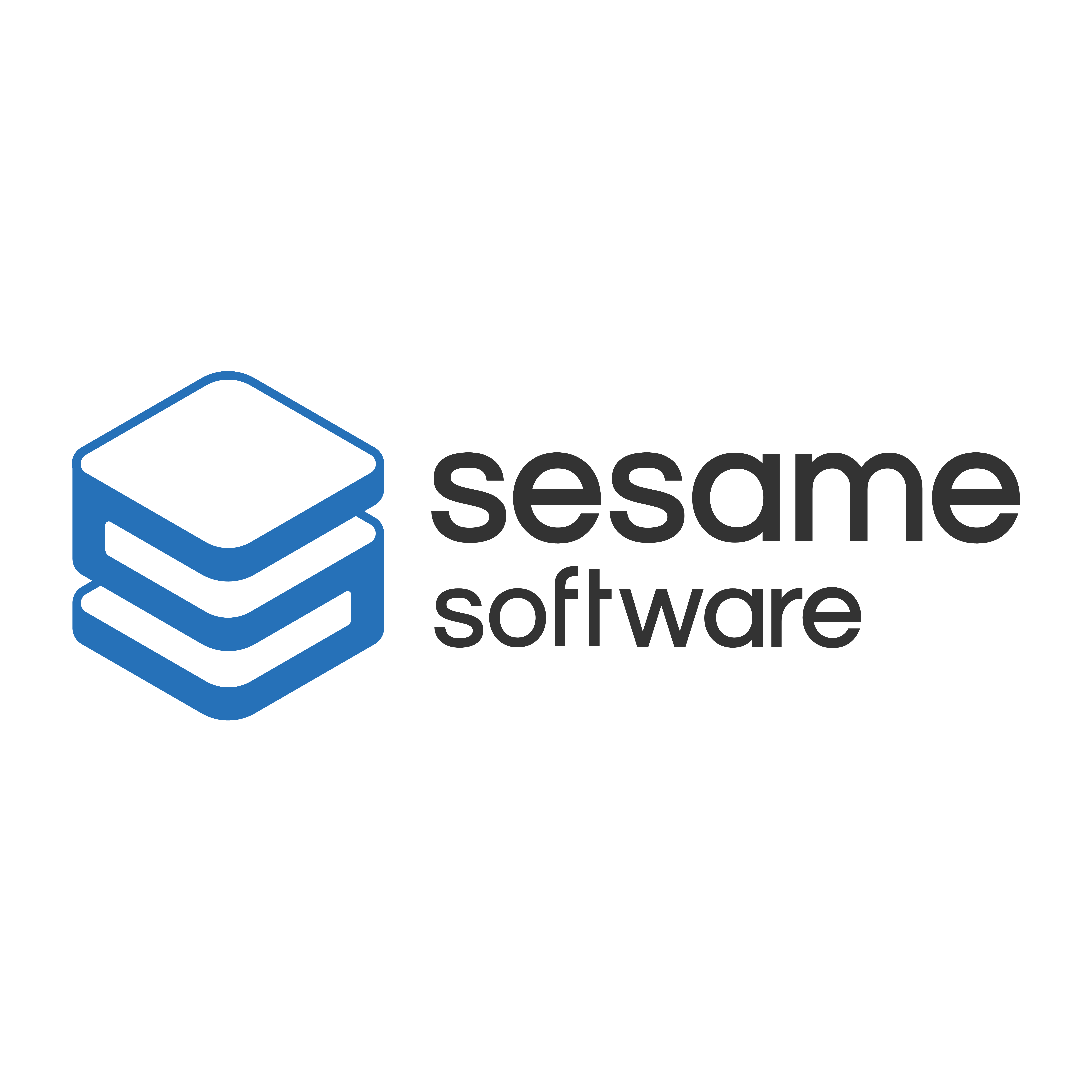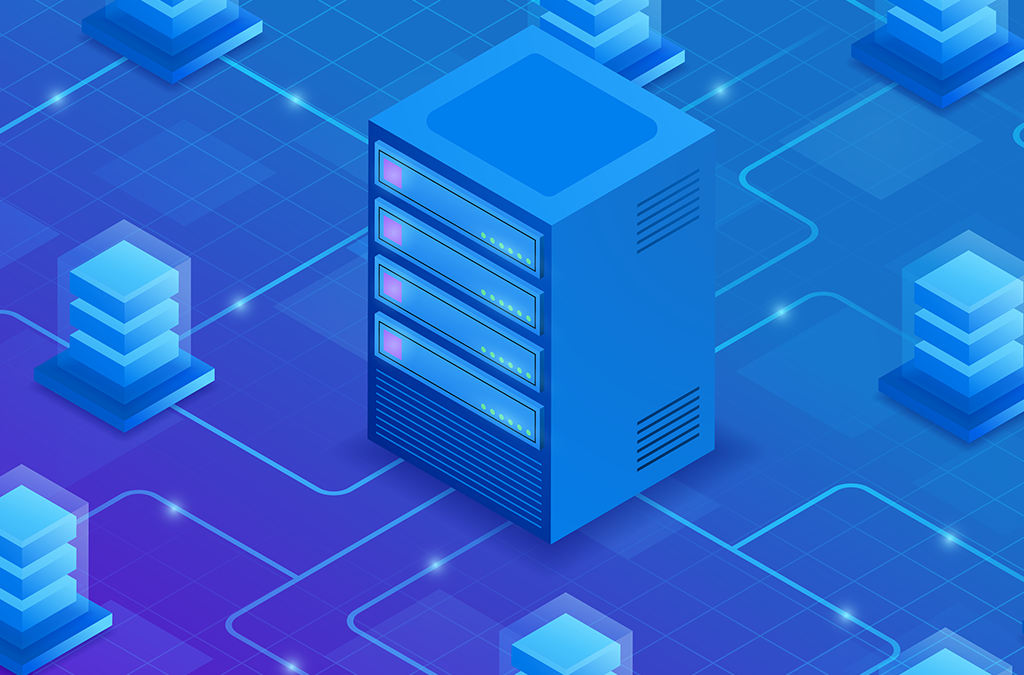Data storage and processing have evolved significantly over the years, but businesses today still face the challenge of choosing the right type of database for their needs. Two of the most common structures are relational databases and columnar databases — each with its strengths and limitations. The good news? Sesame Software is built to handle both efficiently, ensuring fast, reliable data movement no matter how your data is organized.
Understanding Relational Databases
Relational databases (RDBMS) organize data into tables with rows and columns, making them ideal for transactional processing and structured queries. They’re based on relationships between data points, which allows for complex joins and consistent data integrity. Popular examples include MySQL, PostgreSQL, Oracle, and SQL Server — all of which follow the principles of ACID (Atomicity, Consistency, Isolation, Durability) to ensure data accuracy and reliability.
Relational databases are great for handling structured data and real-time transactions because they provide strong consistency and integrity. However, they come with challenges:
- Performance issues – Joins across large tables can create significant processing overhead, slowing down performance.
- Limited flexibility – Data must often be structured and normalized, which reduces the ability to handle diverse data sets.
- Scalability concerns – When handling large data volumes, the database can become overloaded, leading to failures or slow response times.
Why Columnar Databases Are Different
Columnar databases store data by column rather than row, making them incredibly fast for analytical queries. Platforms like Amazon Redshift, Google BigQuery, Snowflake, and Vertica are designed for high-speed analysis and large-scale data aggregation.
Columnar databases excel when you need to process large datasets quickly. The advantages are clear:
- Faster analytical queries – Only the necessary columns are accessed, reducing I/O and improving query speed.
- Better compression – Storing data by column allows for more efficient compression, reducing storage requirements.
- Ideal for business intelligence – Quick aggregation and analysis make columnar databases perfect for data warehousing and reporting.
However, columnar databases are less suited for transactional workloads. Updating individual rows can be slow, and real-time transaction handling isn’t their strength.
Handling Both with Sesame Software
Most businesses need both types of databases — transactional databases for day-to-day operations and columnar databases for analytical insights. That’s where Sesame Software comes in. Our solution automates the extraction, transformation, and loading (ETL) process between relational and columnar databases, making it easy to move data between them without performance issues or data loss.
Sesame’s solution solves the common challenges of data transfer with several key features:
- Data Chunking – Our proprietary algorithms break down large data sets into manageable chunks to prevent deadlocks and reduce processing time.
- Incremental Updates – Only changed and new records are copied, reducing processing time and bandwidth use.
- Intelligent Checkpointing – If a transfer fails, the process resumes from the last successful checkpoint — no need to start over.
- Compatibility Across Platforms – Works with leading relational databases (like MySQL and Oracle) and columnar databases (like Redshift and BigQuery).
This means no more slow data transfers, locked tables, or failed operations. Whether you’re working with Salesforce, NetSuite, or other cloud-based platforms, Sesame Software ensures that data moves quickly, securely, and reliably — no matter where it’s coming from or where it’s going.
If you’re tired of dealing with slow data transfers or complex integrations, it’s time to see how Sesame Software can simplify the process. Book a demo today and discover how easy data movement can be.


